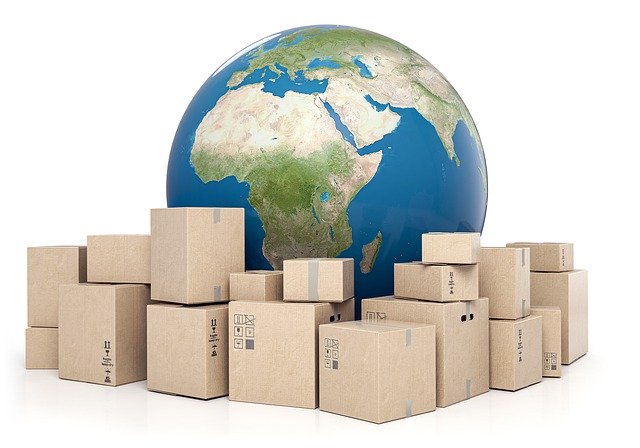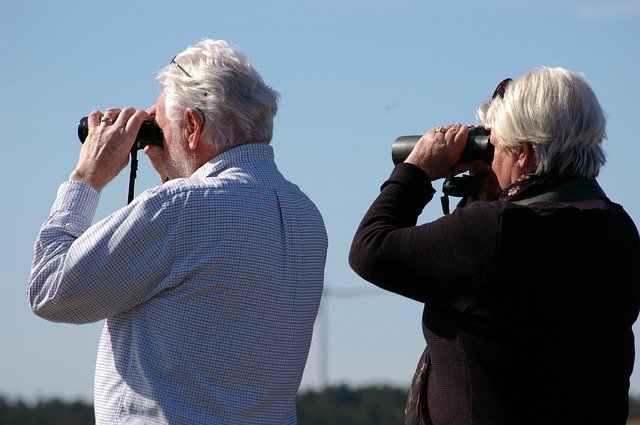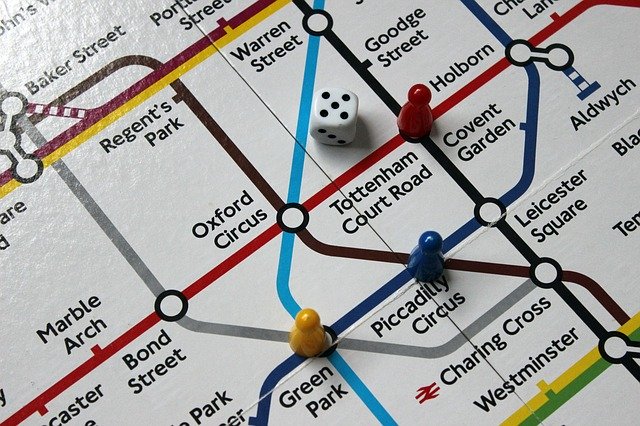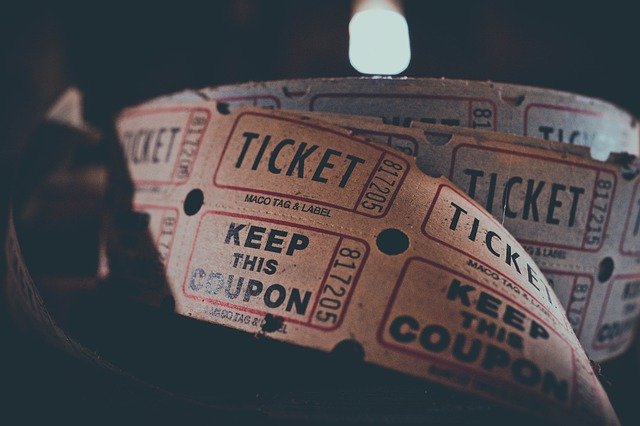The truth is, getting to know your customers is an ongoing process. As you launch your business, you need to build an understanding of your targets or prospects. It’s a green field. All you will have to rely on is research. From that point forward, though, you need to constantly be piecing together different layers of intelligence to understand who they are, how they work, what they want, and why they do what they do. Asking them to connect the dots won’t work. It’s not their job to do your work for you. (That’s the kind of research Jobs was right to reject). Instead, give them an opportunity to have free-flowing conversations with you. Let them talk about their aspirations, whether they are directly related to what you want to sell them, or not. Then have some conversations with constraints. Give them things to compare, and try to understand how they select, sort, and prioritize. Look at what you can learn from “unresearch” – sales data, notes from interactions they may have had with your service workers, or your product team. See what they do with other people who sell them things. Find out what delights them when they’re not at work.
Customer understanding or user experience research is more than simply testing a product or website and seeing how it goes, as a one-off. It’s about building a rich mosaic from many tiny fragments of information. If you throw it all into a database, or a central file, or don’t try to sort it at all, you’re wasting an opportunity to create something beautiful. But if you categorize it, move it around, and look for connections, you may start to see forms and patterns that make something out of what seemed to be nothing. Find ways to sort all your customer data, and you’ll usually find you have a rich mosaic of understanding, sitting right on your shelf, in your hard drive, or floating around in the cloud. And like a mosaic, look at it up close, then stand back, and observe it from a distance. I’m sure you’ll discover things you never expected, that will help you create whole new customer focus, and grow your business, whatever it is that you make or do.
I’m Megann Willson, and I’m one of the Partners here at PANOPTIKA. A customer insight audit can help you and your team to use what you already know to build a solid foundation for this year’s business strategy. If you’d like more insights, follow us on LinkedIn, Twitter, or Facebook, or sign up for weekly ideas, tips, and offers using the orange button below.










